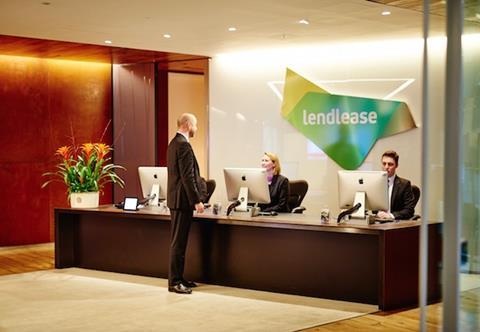
Property and infrastructure organisation Lendlease is helping employees improve their physical activity levels with the aid of an activity tracker loan scheme, which is part of its overall health and wellbeing strategy.
Baseline health checks for staff conducted in autumn 2013 produced data in 2014 that indicated Lendlease’s collective workforce was not as active as it could be, with the results flagging up weight, body mass index (BMI) and blood-pressure challenges among the workforce.
From these results, the organisation devised an activity tracker loan scheme. Gemma Bourne, head of social sustainability and the Lendlease Foundation at Lendlease, said: “We wanted to offer something that would incentivise our employees to be more active on a daily basis. We look to support the health and wellbeing of our employees and we do so by looking at what the strategic health needs or hotspots of our employee population [are]. Promoting activity came out [as] a key hotspot for us.”
Following a pilot scheme involving 50 employees, Lendlease rolled out the loan scheme to its 1,400 Europe-based employees in February 2015. From this employee pool, 900 staff members took part in the new initiative.
Employees are provided with a free Fitbit for a three-month loan period during which they also have access to an online Fitbit portal. This allows employees to create teams and compete against each other. It also lets staff members compare steps taken and active minutes with their colleagues, as well as input information such as food and water intake.
After the three-month loan period is completed, staff can either return the Fitbit or renew their loan agreement.
The scheme was promoted via internal communications such as emails, text messages, intranet messages, presentations and general word of mouth. The scheme is currently being reviewed, says Bourne. “We’ll re-launch an evolved version of that scheme; whether that evolution means a different [administration method], whether it’s targeted to teams or the loan nature of it changes with different periods of time,” she explains.











